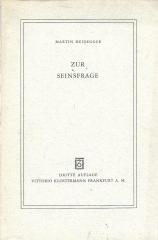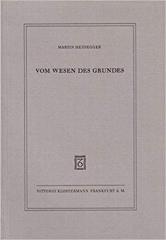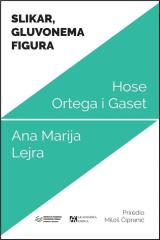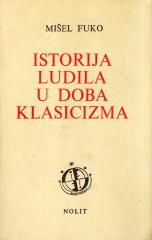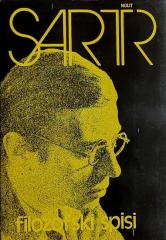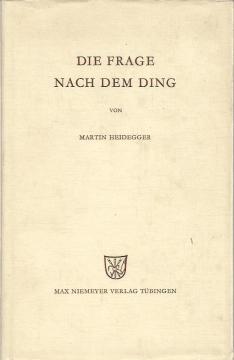
Die Frage nach dem Ding
„Die Frage der Dinge“, eine Sammlung von Vorlesungen, die Heidegger 1935/36 hielt, behandelt die grundlegende philosophische Frage: Was ist los? Sein Ausgangspunkt ist Kants Kritik der reinen Vernunft, doch Heidegger geht noch weiter und möchte die Natur
Heidegger analysiert, wie in der Geschichte der Philosophie eine Sache vor allem durch die Kategorien Subjekt und Objekt verstanden wurde – etwas, das vor dem Menschen steht und das er untersuchen und benutzen kann. In der Moderne, insbesondere mit der Philosophie Kants, wird aus einer Sache das, was durch die Kategorien des Geistes strukturiert ist – ein Phänomen, das vor dem Subjekt erscheint.
Doch Heidegger ist der Ansicht, dass bei diesem Ansatz die ursprüngliche Verbindung zwischen Mensch und Dingen vergessen wird. Er schlägt eine Rückkehr zu einem ursprünglicheren Verständnis vor: Ein Ding ist nicht nur ein Objekt eines Subjekts, sondern etwas, das eine Sammlung darstellt – verschiedene Aspekte der Welt (Ort, Zeit, Beziehungen) in sich vereint.
Ein Ding, beispielsweise ein Gefäß, ist nicht nur ein materieller Gegenstand, sondern ermöglicht das Sammeln – es ermöglicht Beziehungen zwischen Wasser, Erde, Mensch und Himmel. Damit betont Heidegger, dass sich die wahre Natur der Dinge nicht durch technisch-wissenschaftliche Betrachtung, sondern durch das In-der-Welt-Sein und die Erfahrung offenbart.
Die „Frage der Dinge“ ist eine Einführung in Heideggers späteres Denken über Technik, Sprache und Sein und ist entscheidend für das Verständnis seiner Wende von der Analyse des Daseins zum Denken über Sein und Dinge.
Angeboten wird ein Exemplar
- Unterschrift des Vorbesitzers
- Die Abdeckung fehlt
